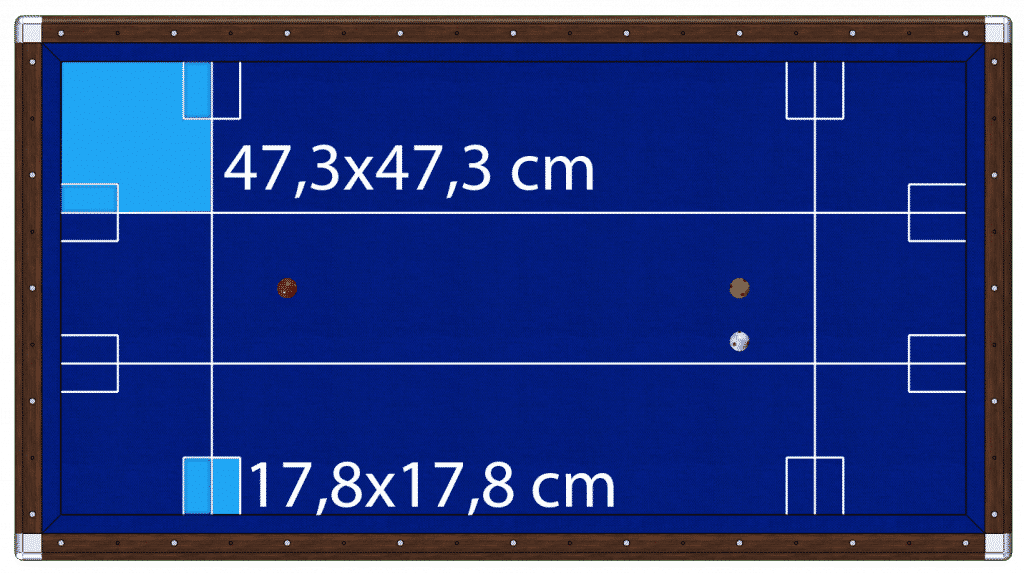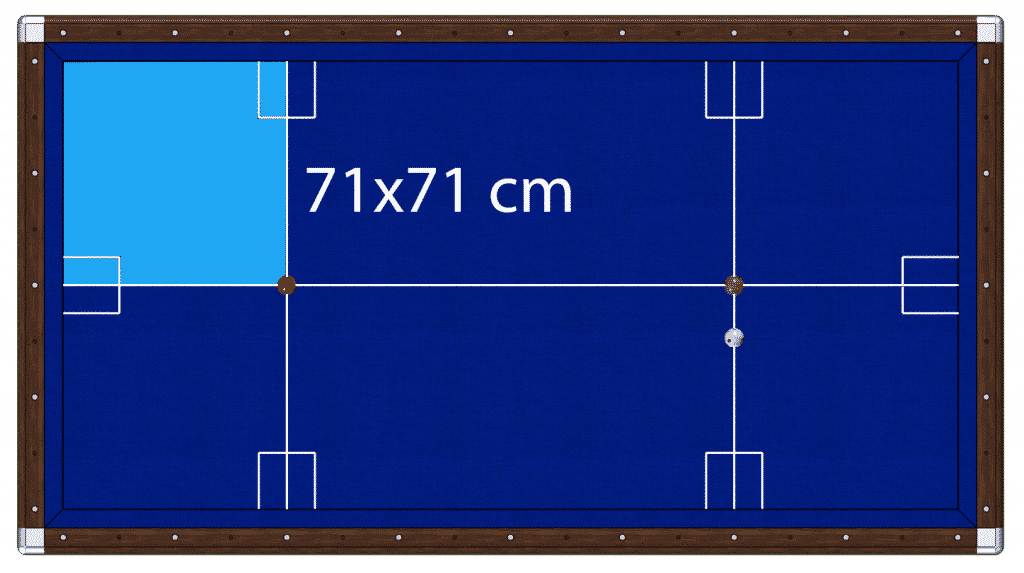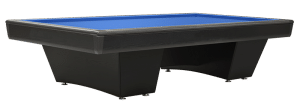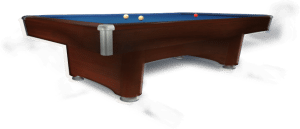Three Ball Billiards Disciplines Are Gathered Under 5 Headings
Straight Rail – Balkline – One Cushion
Before there was three cushion billiards there was an evolution of several different forms of carom games. Each has its own history and skills that make it fun and challenging. Many three-cushion players will tell you that mastery of the “small game” can lead to improvements in your three-cushion game.
Straight Rail – also known as free game is perhaps the simplest to understand, yet challanging to master.
Balkline – played in four variations, balkline stepped up the skills of players who had mastered the free game.
One-Cushion – earlier known as cushion caroms was the modern pre-cursor to three cushion billiards.
Straight Rail:
Straight rail or sometimes called carom billiards, straight billiards, the three-ball game, the carambole game, and the free game (or libre) in Europe, is thought to date to the 18th century, although the exact time of origin cannot be pinpointed.
Target is to get the three balls near to a rail as soon as possible and from there on score as many point as possible. In Straigt Rail it is allowed that the cue ball hits the object balls directly.
To prevent endless scoring the corners are marked and within this region a maximum of two point in a row is allowed, also called balk space restrictions. After the second points one of the object balls must leave the regions.


One Cushion:
One cushion the name of the game is taken from the pre-existing shot. In a cushion carom shot, the cue ball caroms (strikes and rebounds) off of both object balls with at least one rail being struck before hitting the second object ball. The object of the game is to score up to an agreed upon a number of cushion caroms, with one point being awarded for each successfully made.
Three Cushion:
In a Three Cushion carom game the cue ball needs to hit at least three cushions before hitting (one of) the object balls. So ball – cushions – ball of cushions first and then hitting both object balls.
Three-cushion dates to the 1870s, and while the origin of the game is not entirely known, it evolved from cushion caroms, which in turn developed from straight rail billiards for the same reason that balkline also arose from straight rail. Such new developments made the game more challenging, less repetitive, and more interesting for spectators as well as players. Three-cushion is very popular in parts of Continental Europe, Asia, and Latin America, and is the most popular carom billiards game played in the US. At the moment Three Cushion is evolving rapidly and high averages are almost considered normal. Averaging 1.00 doesn’t get you anywhere nowadays.
Balkline:
The balkline games developed to make straight rail, more difficult to play in light of extraordinary skill developments which allowed top players to score endless series of points with the balls barely moving in a confined area of the table.
In the balkline games, rather than drawing balklines a few inches from the corners, the entire table is divided into rectangular balk spaces, by drawing balklines a certain distance lengthwise and widthwise across the length of the table a set distance parallel out from each rail. This divides the table into six to nine rectangular balk spaces depending on the type of balkline game.
The following Balkline games can be played: 38/2, 57/2 (or 57/1) on a small table and 47/2 (or 47/1) and 71/2 on a match table. And sometimes in combination with anchors, additionally added to make the game more difficult. Within the anchors, the same rules apply as for the other balkline spaces.
The number behind the / gives you the number of points that are allowed to make in one balkline space before at least one of the object balls needs to leave the space (in which it may return).


Artistic Billiards:
Artistic billiards, sometimes called fantasy billiards or fantasie classique, is a Carom Billiards discipline in which players compete at performing 100 preset shots of varying difficulty. All shots are marked on the table using a Gabarit, a special tool for making marking easy and more accurate.
Each set shot has a maximum point value assigned for perfect execution, ranging from a five point maximum for lowest level difficulty shots, and climbing to a ten point maximum for shots marked highest in difficulty level. Each player has three attempts at each shot.
Currently, the match format is a set system, where each set has 10 preset shots, and normally is based on a best of five.
3 Ball Professional Table Dimensions

Long Edge: 313 cm
Short Edge: 171 cm
Interior Pool: 284 cm x 142 cm
Height: 78 – 81 cm
Weight: 1100 kg
3 Ball Half Match Tab Dimensions

Long Edge: 283 cm
Short Edge: 156 cm
Interior Pool: 254 cm x 127 cm
Height: 78 – 81 cm
Weight: 700 kg






